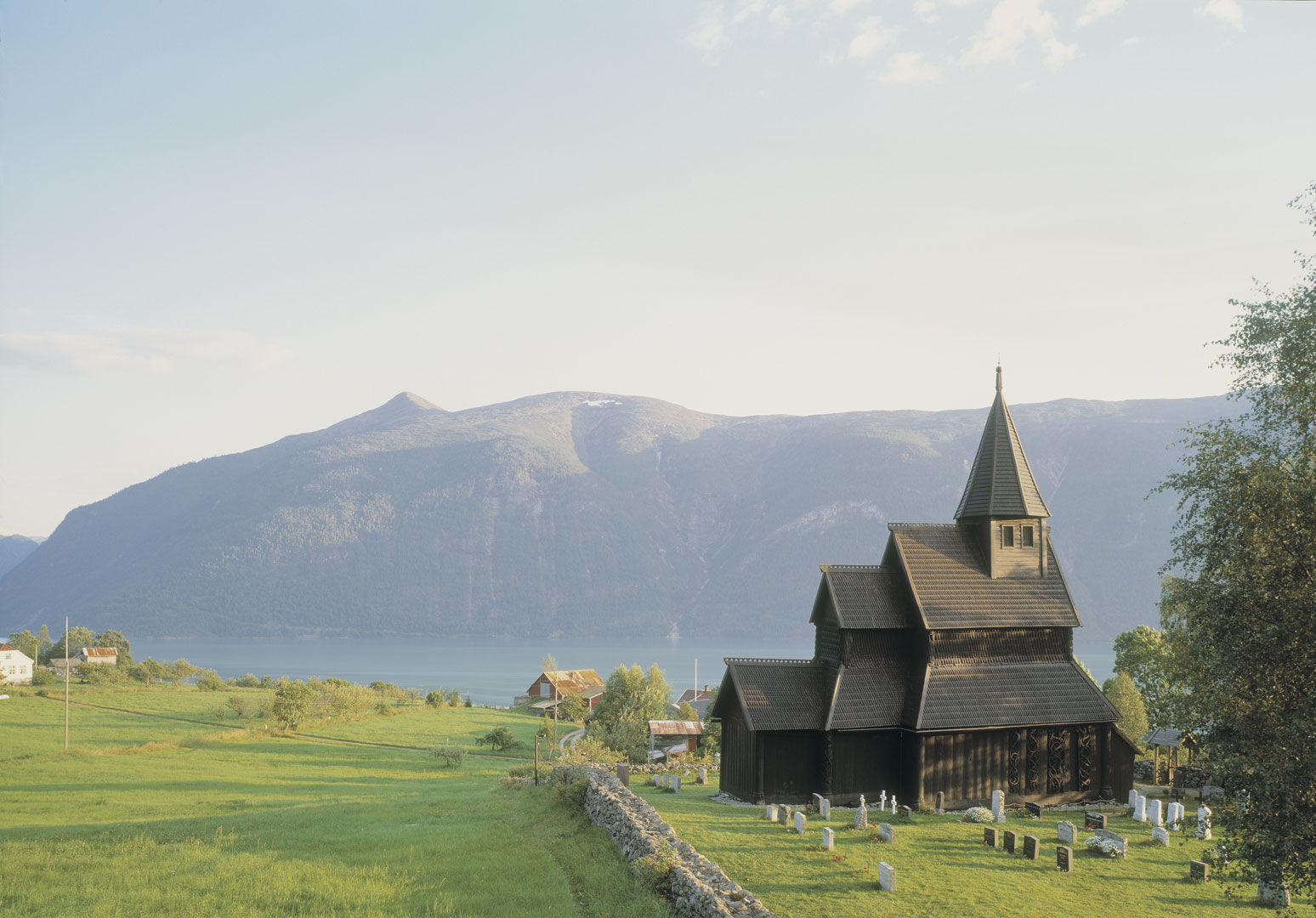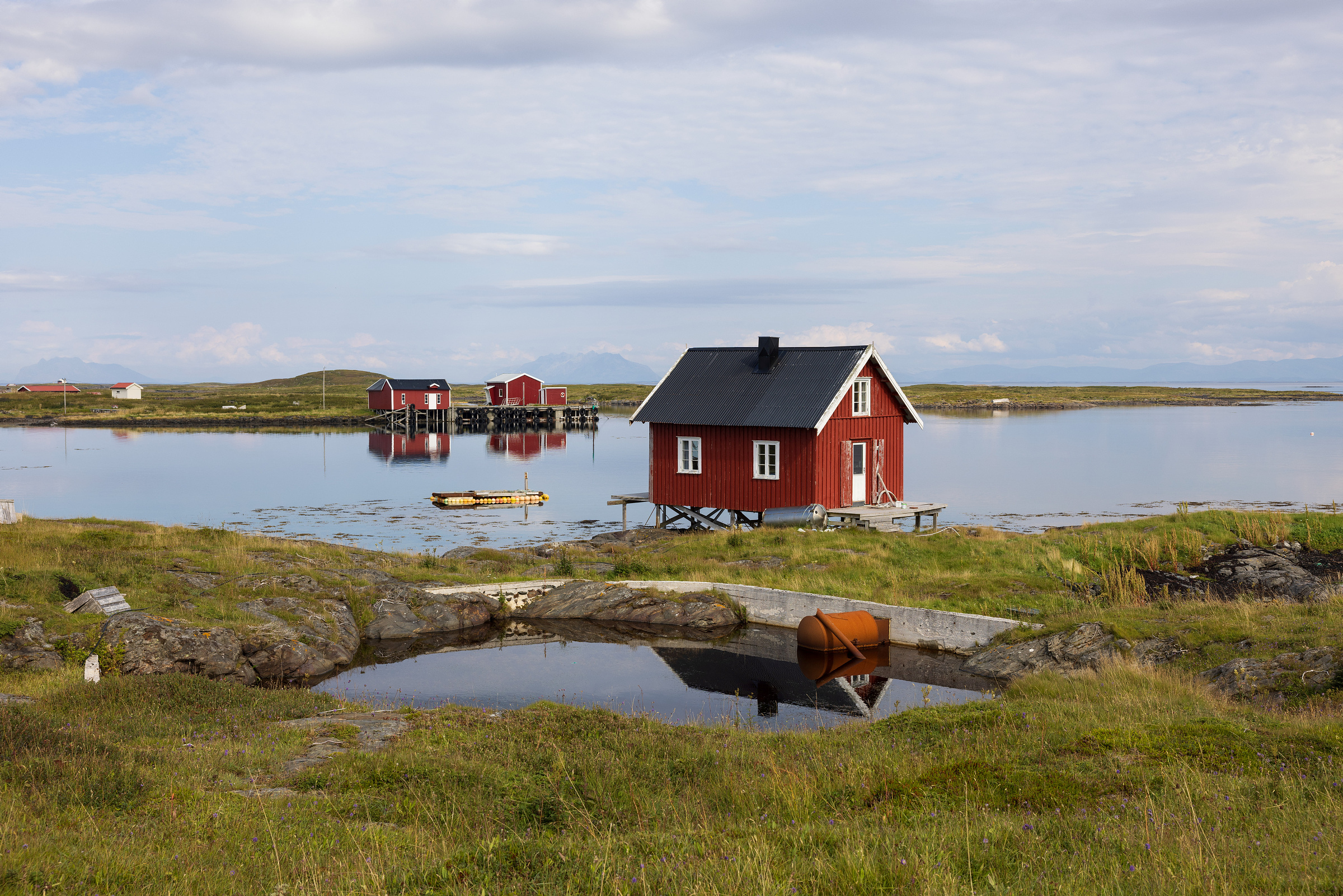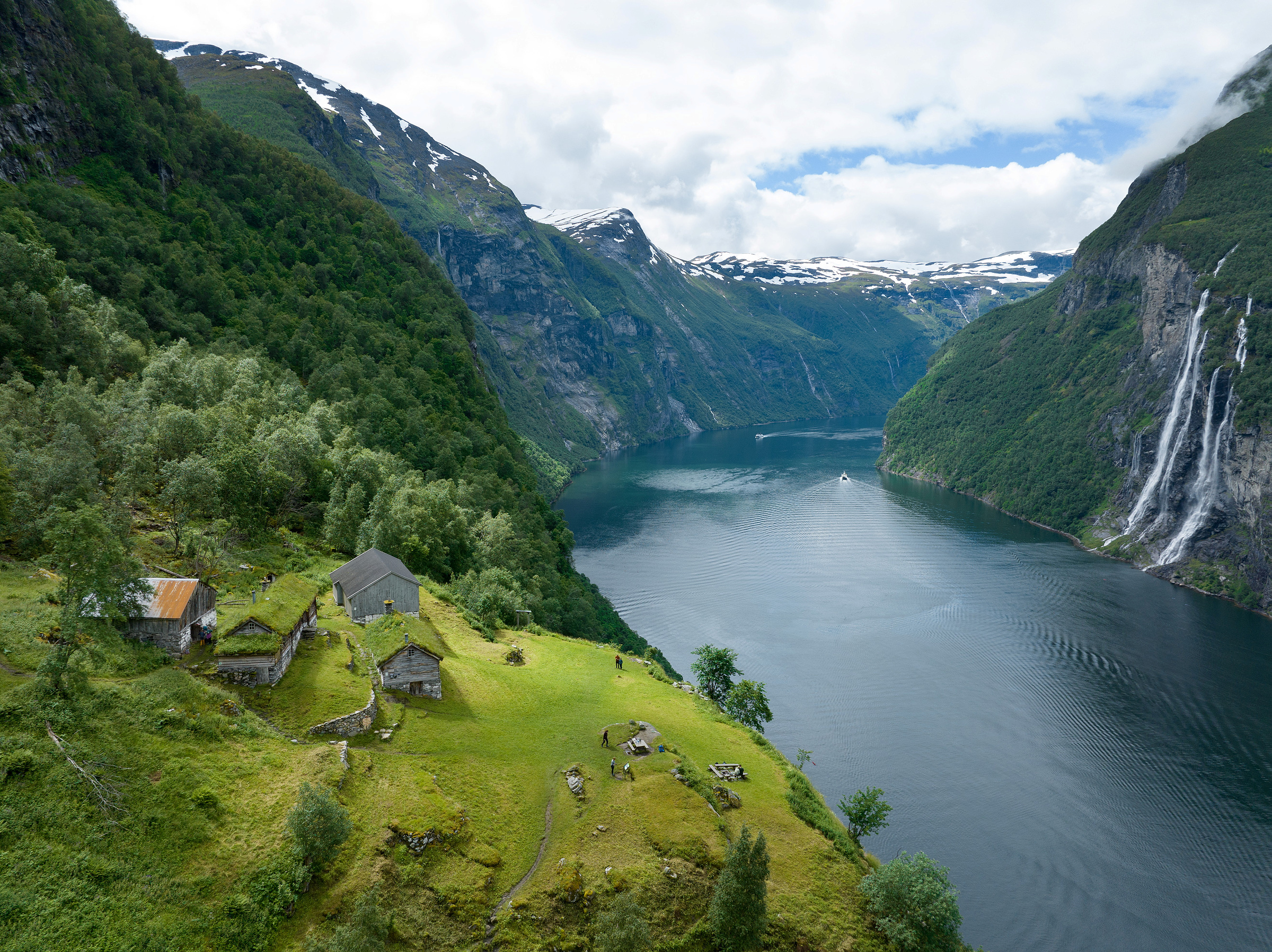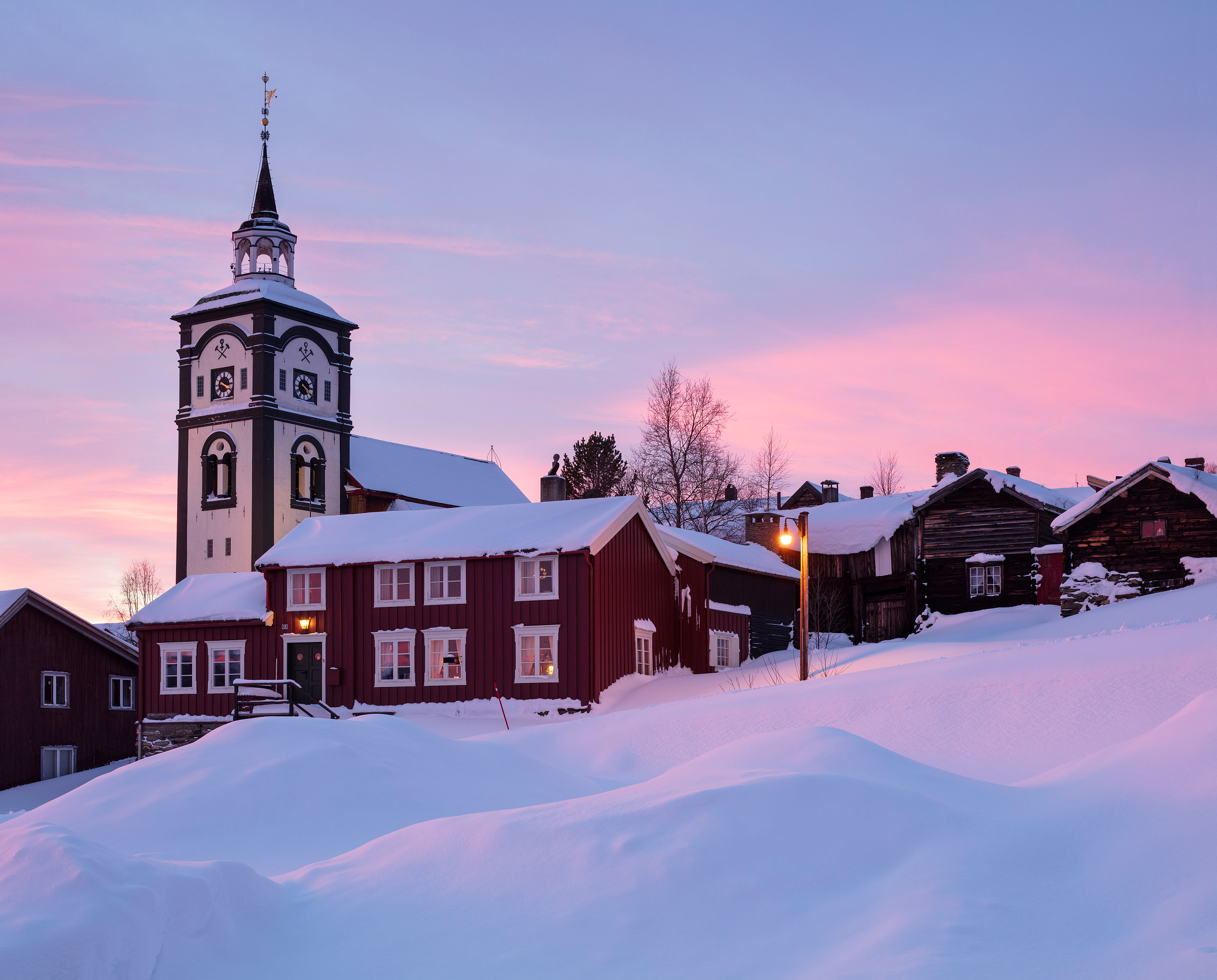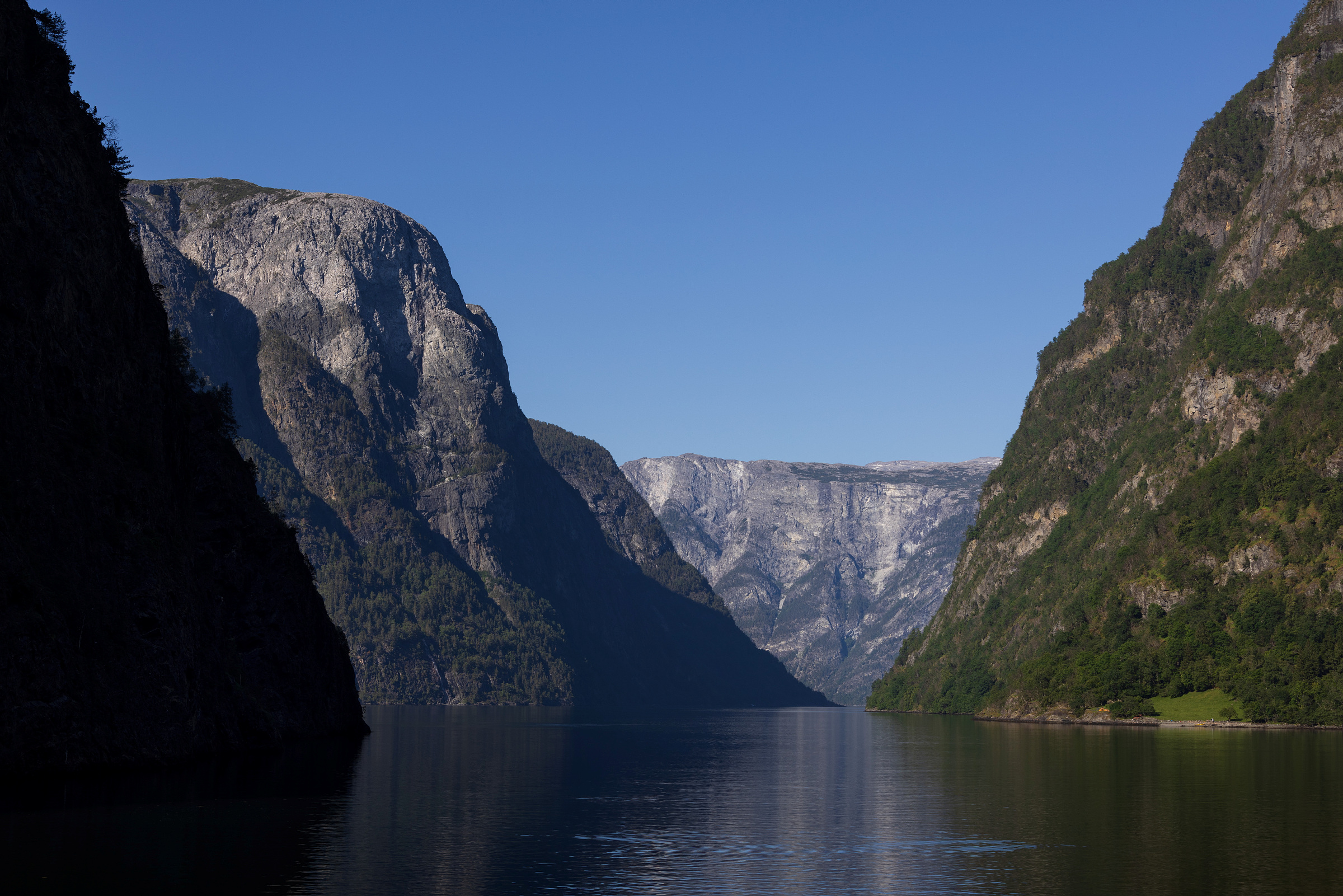Areas of Work
World Heritage sites in Norway
World Heritage is the shared heritage of humanity, and World Heritage status is subject to stringent criteria.
Eight Norwegian sites are currently inscribed on the UNESCO World Heritage List:
Rock art in Alta
Bryggen in Bergen
Rjukan-Notodden Industrial Heritage Site
Røros mining town and the Circumference
Four points on the Struve Geodetic Arc
Urnes Stave Church
Vegaøyan -The Vega Archipelago
West Norwegian Fjords
Protection of the World Cultural and Natural Heritage
UNESCO is the United Nations Educational, Scientific and Cultural Organisation. In 1972, UNESCO adopted the Convention concerning the Protection of the World Cultural and Natural Heritage, which is now commonly known as the World Heritage Convention.
The purpose of the World Heritage Convention is to identify and provide special protection for cultural and natural heritage that is of significance to all of humanity and future generations – across national borders. It serves as a global framework for the preservation of cultural heritage, primarily through the development of common standards and norms.
UNESCO’s World Heritage List is an overview of cultural and natural sites or objects in UNESCO’s member countries that are of irreplaceable value. Only countries that have signed the World Heritage Convention, committing to protect their natural and cultural heritage, can propose nominations for sites within their territory. These are then evaluated for inclusion on UNESCO’s World Heritage List.
Read more about the World Heritage Convention and World Heritage List.
World Heritage Committee
The World Heritage Committee decides annually which new sites should be added to the World Heritage List and is responsible for overseeing the work related to the Convention.
Read more about the World Heritage Committee
Norway represented the Nordic countries in the World Heritage Committee in the period 2017–2021.
